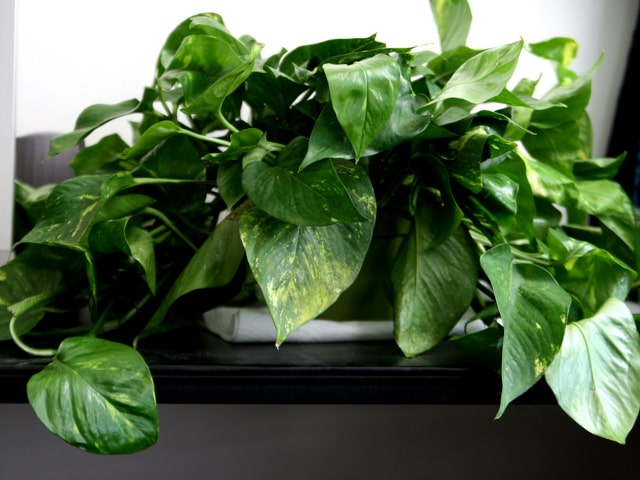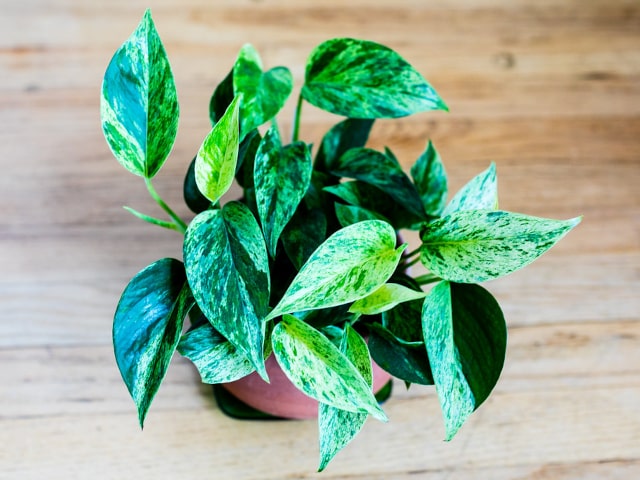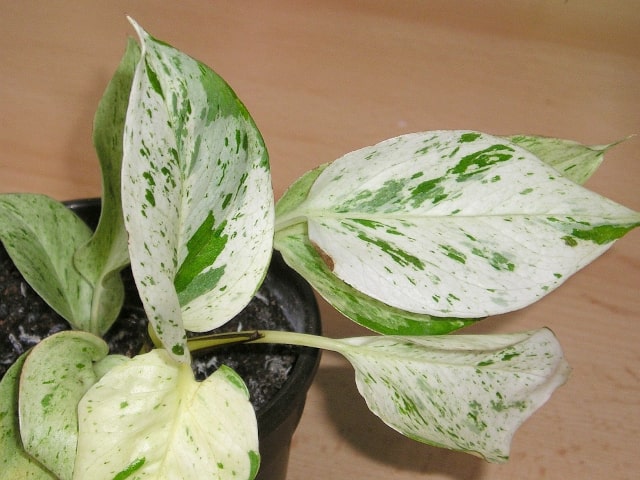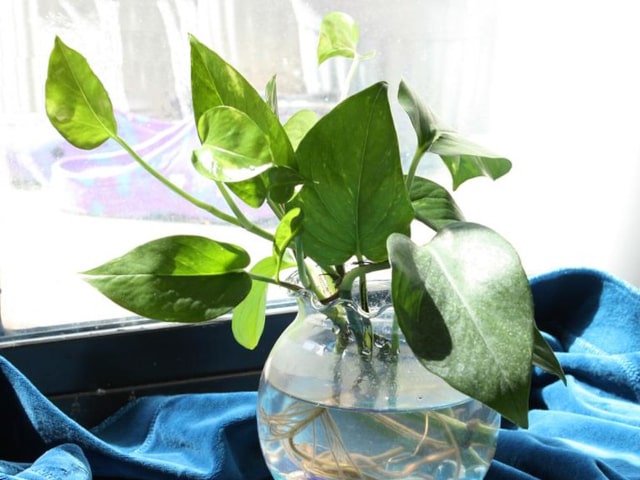
Pothos plants are gorgeous and can make a great addition to your home. However, these plants can be sensitive to over-watering and many other problems. In order to prevent these issues it is very useful to perform regular inspections of your plant. These inspections will help you determine when to water and you will also be able to notice any potential problems with your plant.
Regular Inspections Help
Regular, weekly inspections of your Pothos plant can help a lot even in things other than watering. With these regular inspections you will be able to notice any changes as they are developing. For example, if your plant becomes a bit droopy and not as green as week before, it may be a warning sign.
Weekly inspections may be the time to water your Pothos plant, but only if you determine that the soil is not moist anymore. If it is still moist there is no need to water you plant.
Other things you need to do during these weekly inspections is to remove brown and yellow leaves. This is very important and will help your plant thrive. Also, make sure to see if your plant needs pruning and shaping. You will not need to prune and shape every week but these inspections are a good time to check.
Another thing to do during these weekly inspections is to clean your Pothos plant. Use a soft cloth or a sponge to clean its leaves. You may even use a quick shower in the sink or a bathtub to clean your plant.
Seasonal Changes
Another thing to keep in mind is that there are seasonal changes to your plant. This is something you need to understand so you can tell if your Pothos plant is doing well or not.
For example, most plants are in a stage of slow growth in the winter. This is when they should be allowed to become drier. Some Pothos plants do not even need to be watered in the winter if you give it a good soak in the fall.
Also, it is normal for your Pothos plant to look happier in the spring and summer than during the cold months. This is not necessarily a sign that there is a problem but you need to accept these changes. If the plant becomes lifeless you should try inspecting more to see if there is an underlying issue that you need to solve or is your plant simply going through the regular seasonal changes in the winter.
Photo credit: Quinn Dombrowski



0 Comments